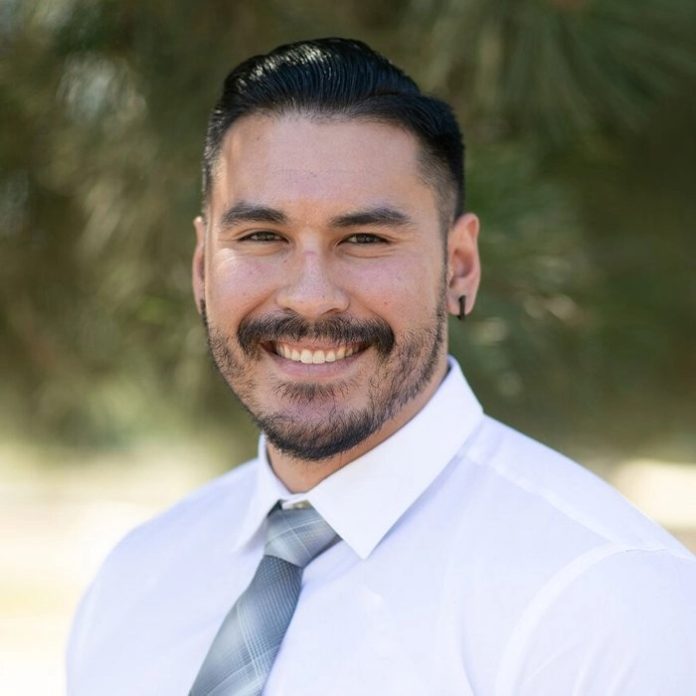By Thomas Shevlin, Recovery + Resiliency Director — Mission 22
Duty. Discipline. Teamwork. Loyalty. Sacrifice. Military culture inculcates these values into its members, and they are long cherished even after active personnel return to civilian life. Indeed, most Veterans from all branches of service continue to adhere to these values for the rest of their days.
These values make Veterans excellent citizens, neighbors, employees, and friends. Yet, the challenges of combat can also make it difficult for Veterans to reintegrate into their communities, as the effects of military service — which can be positive as well as negative — last a lifetime.
The good news is that caregivers, retirement communities, and other community members can help their Veterans thrive in civilian life. Below, I explain how.
Develop cultural competence
The first thing Americans can do is understand the unique perspective Veterans derive from their military experience. The military has its own subculture, so when civilian employers and communities inform themselves about its tenets, they build their cultural competency.
Namely, Veterans have encountered distinct life events during their service. For instance, deployment often requires long separations from their significant others and family members. They may also have faced combat, and some may have been responsible for keeping their team alive during hostilities. In consequence, many Veterans may be accustomed to wielding a level of authority that is rare in civilian contexts.
When Veterans’ unique experiences are not just acknowledged and included, but also respected, it has a positive impact by helping Veterans feel understood. This is a solid foundation upon which to build connections with others.
That’s why caregivers, staff at retirement communities, and other community members should take the time to learn about the military histories of each Veteran, which starts with knowing their military branch, rank, and deployments. It should also include any significant events that transpired during their service. Retirement communities should also offer workshops or training programs to help staff understand Veterans.
Create inclusive communities
Veterans often feel isolated and struggle to find ways to participate in civilian communities. As such, the best way caregivers, staff, and other community members can include Veterans is by listening actively to them and offering them both acceptance and empathy.
Toward that end, retirement communities should give staff opportunities to learn about and practice these essential communication skills. Over time, if Veterans see their experiences are valued, they will start to open up and contribute more and more.
Retirement communities should also consider creating support networks specifically for them. These groups foster a sense of camaraderie, making Veterans feel more comfortable and embedded in their new communities.
Normalize asking for help
While many Veterans suffer from mental health issues, they may fear seeking treatment due to the stigma that sometimes surrounds these challenges. That’s why retirement communities should not only provide mental health services, but also encourage help-seeking behavior.
In addition, navigating the healthcare system often presents difficulties of its own. The more communities can make their processes simple, clear, and intuitive, the more likely everyone — not just Veterans — will be able to avail themselves of these services effectively, meaning patient outcomes are likely to improve overall.
In general, caregivers and staff should be knowledgeable about the resources available, both within the retirement community and through external organizations. This includes access to healthcare services, mental health support, and any benefits they may be entitled to as veterans.
Everyone benefits by including Veterans
Civilian communities and employers should value the richness of Veterans’ experiences, the depth of their values, and the nature of their challenges. When they do, everyone benefits, and the whole community thrives.
— Thomas Shevlin, Recovery + Resiliency Director at Mission 22, is a former infantry machine gunner who served in the Marine Corps. He went through two deployments, one in combat. After serving four years, he became a personal trainer and obtained his Kinesiology degree. Having competed in bodybuilding and powerlifting, he has taken the knowledge of physical application and educational application to formulate a structure that is most advantageous for health and fitness goals. Still having a passion for the military, as well as that of health and fitness, he wanted to incorporate the two together in order to help veterans in need.














